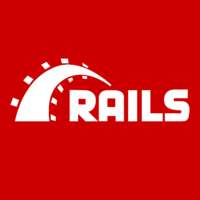StackShare Feed is built entirely with React, Glamorous, and Apollo. One of our objectives with the public launch of the Feed was to enable a Server-side rendered (SSR) experience for our organic search traffic. When you visit the StackShare Feed, and you aren't logged in, you are delivered the Trending feed experience. We use an in-house Node.js rendering microservice to generate this HTML. This microservice needs to run and serve requests independent of our Rails web app. Up until recently, we had a mono-repo with our Rails and React code living happily together and all served from the same web process. In order to deploy our SSR app into a Heroku environment, we needed to split out our front-end application into a separate repo in GitHub. The driving factor in this decision was mostly due to limitations imposed by Heroku specifically with how processes can't communicate with each other. A new SSR app was created in Heroku and linked directly to the frontend repo so it stays in-sync with changes.
Related to this, we need a way to "deploy" our frontend changes to various server environments without building & releasing the entire Ruby application. We built a hybrid Amazon S3 Amazon CloudFront solution to host our Webpack bundles. A new CircleCI script builds the bundles and uploads them to S3. The final step in our rollout is to update some keys in Redis so our Rails app knows which bundles to serve. The result of these efforts were significant. Our frontend team now moves independently of our backend team, our build & release process takes only a few minutes, we are now using an edge CDN to serve JS assets, and we have pre-rendered React pages!
#StackDecisionsLaunch #SSR #Microservices #FrontEndRepoSplit






